By Dylan Motin
Early in 1945 the Japanese war machine was in a sorry state: “American submarines and aircraft destroyed in four years almost all of Japan’s merchant fleet.
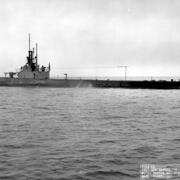
By Dylan Motin
Early in 1945 the Japanese war machine was in a sorry state: “American submarines and aircraft destroyed in four years almost all of Japan’s merchant fleet.

If one is seeking to understand how and why the Second World War ended as it did it's instructive to take a look at Soviet planning during the fall of 1942. It represented everything German planning was not. First, unlike the chaos at OKH during the fall of 1942 (the third full year of war for the German high command and a time when you would have thought a competent leadership team would have been nailed down and in place), the Soviet Union had a stable military and political high command.

In a previous series of articles I examined the state of play on the German Sixth Army's flanks outside of Stalingrad during the Axis assault on the city. In this follow-up article I would like to take a look at the Romanian Third Army's positions opposite the "bridgeheads" that would prove so crucial in the eventual success of the Soviet Southwestern Front's portion of the Red Army's November 19, 1942 counter-offensive.
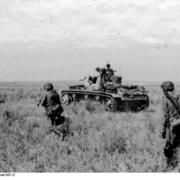
The initial plans for Germany's 1942 summer offensive, code-named "Operation Blue" called for four sequential operations. The first, Blue I, featured the Four Panzer Army, German Second Army, and German Sixth Army all working together to encircle and destroy Soviet forces before the city of Voronezh along the upper Don River. The second part of the campaign, Blue II, called for the German Sixth Army to turn south in hopes of engineering a planned encirclement at Millerovo on the Donets River.

Since the Second World War ended it has been popular to present the Soviet Union as an overwhelming economic and military colossus that was essentially undefeatable by 1942 if not earlier in the war. The groundwork for this belief was laid by German officers who after the war sought to cast blame for their own failures of leadership. American military leaders then latched onto these aguments. Doubtlessly this occured in part as a response to the Cold War era Communist threat.
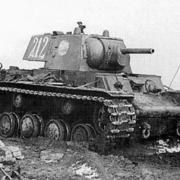
Last year I published a series of articles examining some of the significant but often overlooked Soviet counterstrokes directed against the Sixth Army's flanks outside Stalingrad. To this day, when one thinks of the exposed northwestern shoulder of Germany's drive into the Caucuses, and Soviet efforts to penetrate that flank, they think first and foremost of events exactly like those.
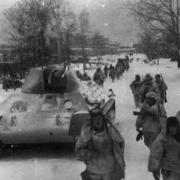
In examining the how and why of Operation Barbarossa's failure there is still a significant contingent of historians who believe the sheer numerical superiority of the Red Army had doomed Germany to defeat as early as the late summer of 1941. For instance, the vast majority of David Stahel's decade long work posits that the Wehrmacht in general, but the German army (Heer) in particular, had shot their bolt as early as August of 1941. Oftentimes, exhibit A for those making this argument is the
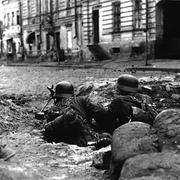
On June 22, 1941 Nazi Germany launched it's invasion of the Soviet Union (codenamed Operation Barbarossa). The Germans concentrated the bulk of their effort in three massive Army Groups (North, Center, and South). In this article, we shall take a look at Army Group South's operations during Barbarossa as well as examine the condition in which the Army Group stood as several key points in the campaign.
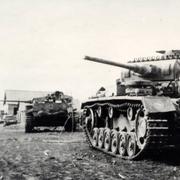
There are some that believe the sheer numerical superiority of the Red Army and Allies doomed Germany to defeat less than two years after continent wide war resumed in Europe late in 1939. For instance, the vast majority of David Stahel's decade long work posits that the Wehrmacht in general, but the German army (Heer) in particular, had shot their bolt as early as August of 1941. In assessing such claims this article will take a look at the primary component of the German army's striking power
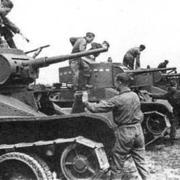
The Red Army in June of 1941 was very much a product of several distinct eras and experiences. In many ways it represented the fourth iteration of the Red Army in less than fifteen years. First, came the Red Army of the late 1920s - a very basic and stripped down organization that had emerged from the Russian Civil War and was reflective of the fact that the first five-year plan for Soviet industry was just beginning. In comparsion we have the seemingly powerful 1936 edition of the Red Army.
Get the latest updates by adding the RSS feed link to your favorite news reader: 
Questions? Comments? Contact us.